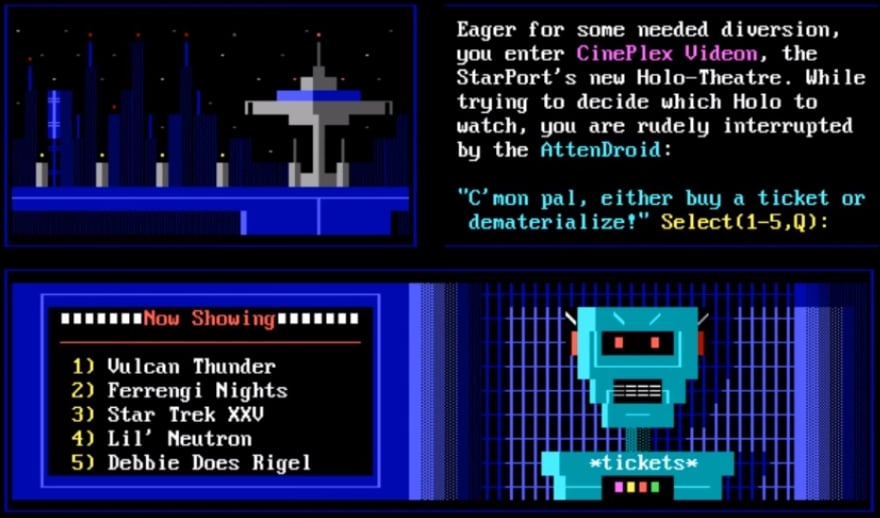

Step 3: Create a menu entryįinally we can create a menu.Computer program called by a BBS to provide additional services or featuresĪ door in a bulletin board system (BBS) is an interface between the BBS software and an external application. Finally we specify -nographic to run headless.įor doors that do not require a FOSSIL driver, it is recommended to not load or use one unless you are having issues. The -hdb entry will represent the D: drive where our dropfile is generated, while -hdc is the path that GO.BAT is generated in ( E:\GO.BAT).
#Pimp bbs door games serial
We’re telling QEMU to launch and use localtime for the clock, create a character device that connects to our temporary server port on localhost and map that to a serial device. Qemu-system-i386 -localtime /home/enigma/dos/images/freedos_c.img -chardev socket,port = $SRVPORT,nowait,host =localhost,id =s0 -device isa-serial,chardev =s0 -hdb fat:/home/enigma/xibalba/dropfiles/node $NODE -hdc fat:/home/enigma/dos/go/node $NODE -nographic Unix2dos /home/enigma/dos/go/node $NODE/GO.BAT #!/bin/bash NODE = $1 DROPFILE =D: \\ $2 SRVPORT = $3 mkdir -p /home/enigma/dos/go/node $NODE cat > /home/enigma/dos/go/node $NODE/GO.BAT << EOF An easy way to tranfer files from host to DOS is to use QEMU’s vfat as a drive. This will contain FreeDOS itself and installed BBS doors.Īfter this is complete, copy LORD to C:\DOORS\LORD within FreeDOS. Follow the QEMU/FreeDOS guide for creating an freedos_c.img.
#Pimp bbs door games free
Step 1: Create a FreeDOS imageįreeDOS is a free mostly MS-DOS compatible DOS package that works well for running 16bit doors. This will be called from AUTOEXEC.BAT within our QEMU FreeDOS partition. under a UNIX like system such as Linux or FreeBSD.īasically we’ll be creating a bootstrap shell script that generates a temporary node specific GO.BAT to launch our door. Let’s look at an example for running L.O.R.D. Note however that there is an important and major caveat: Multiple instances of a particular door/OS image should not be run at once! Being more flexible means being a bit more complex. QEMU provides a robust, cross platform solution for launching doors under many platforms (likely anywhere Node.js is supported and ENiGMA½ can run).

Alternative WorkaroundsĪlternative workarounds include Telnet Bridge module to hook up Telnet-accessible (including local) door servers – It may also be possible bridge via NET2BBS. Pre-built binaries of bivrost! have been released under Phenom Productions and can be found on various boards. Please see the bivrost! documentation for more information. Supplied in the form of an map: variable could Sets the Current Working Directory (CWD) for cmd. See Argument Variables below for information on variables that can be used here. Can be omitted or set to none.Īrray of argument(s) to pass to cmd. Specifies the type of dropfile to generate (See Dropfile Types below). Used as a key for tracking number of clients using a particular door. The abracadabra config block can contain the following members: Item Through this module you can execute native processes & scripts directly, and perform I/O through standard I/O (stdio) or a temporary TCP server. The abracadabra module provides a generic and flexible solution for many door types. See also Let’s add a DOS door to Enigma½ BBS by Robbie Whiting for a great writeup on adding doors! The abracadabra Module In addition to the many built in door server modules, local doors are of course also supported using the ! The abracadabra module!


 0 kommentar(er)
0 kommentar(er)
